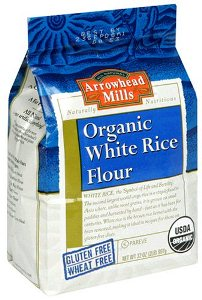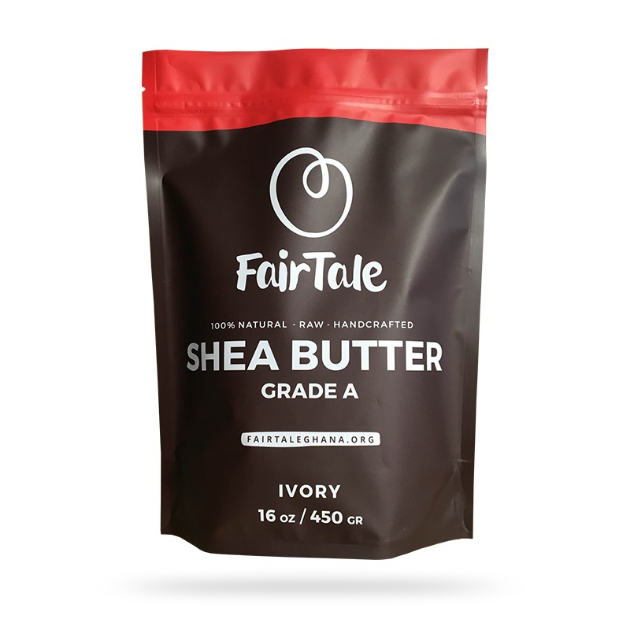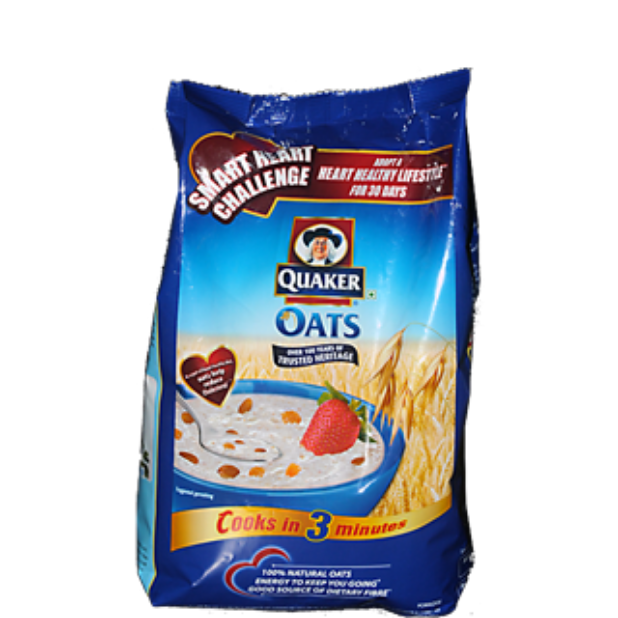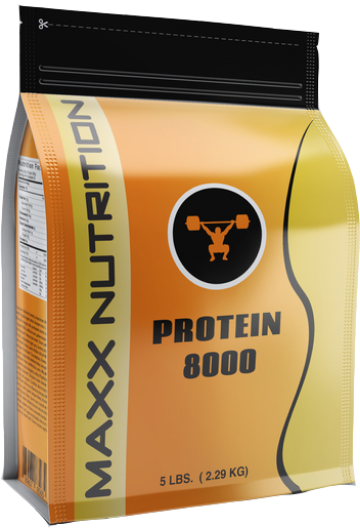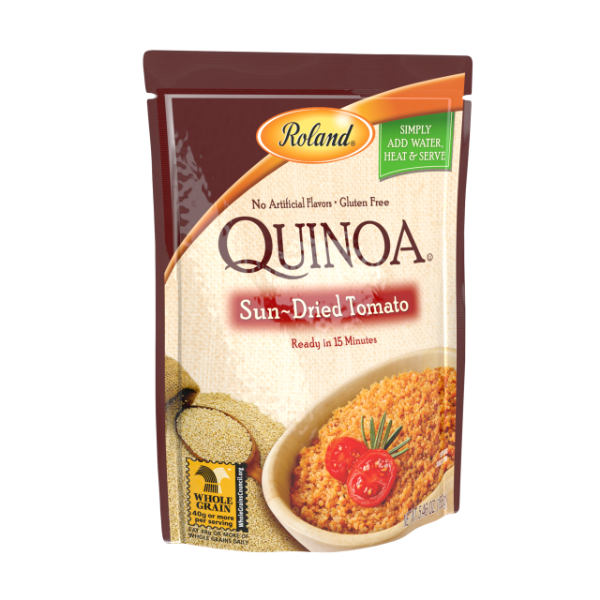Everywhere we look at the grocery store food marketing of processed foods with little nutritional value line the store shelves. From snack cakes to pudding, it isn’t a wonder why there is a concern over America’s growing waistlines. Not to mention, it doesn’t take much to keep Twinkies or other snacks fresh for an extended period of time. Processed food has a longer shelf life, and it’s easy to add pizzazz to packaging to catch the eyes of browsers in the aisle.
Then we have fresh and organic products such as fruits, vegetables, coffee, meats, and tea. These products require a different packaging strategy by using materials that help extend shelf life and keep food fresh. While preservatives enable processed foods to remain edible for extended periods of time, we need to rely on keep fresh bags to increase the shelf life of our organic foods.
Quality is Key
One of the biggest concerns of fresh food packaging is maintaining quality and freshness. Unfortunately, fresh produce can go bad faster than we are able to eat it. While there may not be a fix for this issue without genetically altering our food, we might be able to extend the life of produce a little longer with keep fresh bags like barrier bags.
When it comes to shelf life, it’s not exactly comparing apples to apples. Produce shelf life varies, and here’s a quick breakdown on how long customers can expect produce to last once they take it home from the store:
- Blackberries: 2-3 days

- Grapes: 3-5 days
- Spinach: 3 days
- Avocado: 3 days
- Lettuce: 7 days
- Mushrooms: 7 days
- Sugar Snap Peas: 7 days
To keep produce as fresh as possible from truck transportation to your customers’ hands, produce must be able to breathe. Breathable bags for freshness already exist, but sometimes the quality is questionable.
Think back to a time where you found a fruit fly or other pest inside of a bag of grapes. Pretty gross, right?It’s hard to determine what stage of the process that these pests made their way into your produce containers, but it always makes for an unpleasant surprise.
Keeping Pests Away From Produce with Quality Barriers and Film
The good news is that you have control over keeping pests out of your produce once it hits the store shelves. By using high quality bags for freshness with zipper features, it makes it harder for pests to enter your produce packaging. Air holes are a point of entrance, but tightly closing the top of the container can help keep insects out.
This isn’t necessarily a revolutionary idea, but the current issue with this process is the quality of produce packaging. Many times bags for freshness will arrive at the store with broken zippers, leaving your produce exposed to any insect that comes in contact with it.Let’s not even talk about the dirt and other particles that make their way into your produce bag. The bulk of this problem can be resolved by using produce packaging that is a bit higher quality than what most produce companies are using today.
Keep in mind that high quality doesn’t necessarily mean a high price tag. Choose a company that offers high quality bags for freshness that can fit both your volume requirements and your budget.
The Right Bags for Freshness Give Coffee a Kick
Aside from produce, bags for freshness are beneficial for a number of other food products—like coffee.
Poorly functioning packaging can suck the quality right out of your coffee before it ever hits the filter. Coffee presents us with unique requirements when it comes to proper packaging, and those requirements must be adhered to in order to maintain quality and freshness. First, coffee emits carbon dioxide for several days after roasting. If the beans are exposed to oxygen, your coffee’s taste can take a quick nosedive. The trick to maintaining freshness with your coffee is keeping oxygen out.
Your packaging seal is one of the most important elements of your coffee package. Without a proper seal, your coffee is doomed to staleness and dissatisfaction with your customers. Several methods of achieving an airtight seal for your bags for freshness include:
- Consistent melting temperature
- Consistent pressure on the sealing machine
- Using monitoring equipment to test head space and other requirements to keep coffee fresh for as long as possible
Make sure that your selected flexible retail packaging company is educated on proper coffee packaging. Their knowledge and experience can save you money, hassle, and lost customers in result of bad coffee.
Other Products That Thrive When Using Bags for Freshness
In addition to coffee, you can use packaging to help keep other fresh and refrigerated foods from spoiling. If you are involved with the following industries, packaging can extend the shelf life of your product and help build your brand.
- Cheese: Bags for freshness can help keep moisture out of your cheese packages. Tight seal barriers eliminate any moisture from entering your packaging and spoiling your cheese before customers are ready to buy.
- Salsa: Add ultimate freshness to your salsa and protect it from contamination with the right barrier packaging.
- Meats and other organically processed products: Whether your products are fresh from the shelf or frozen, bags for freshness can help maintain your product’s quality.
Fresh foods present several challenges when it comes to packaging. By using innovative strategies and flexible retail packaging, we can conquer the challenges that fresh food presents. The key is to incorporate quality packaging, films, and features that help your product stay fresh while standing out on the store shelf.
If you are looking to revolutionize the quality of your food products, consider keep fresh bags to take your fresh foods and brand to another level.


